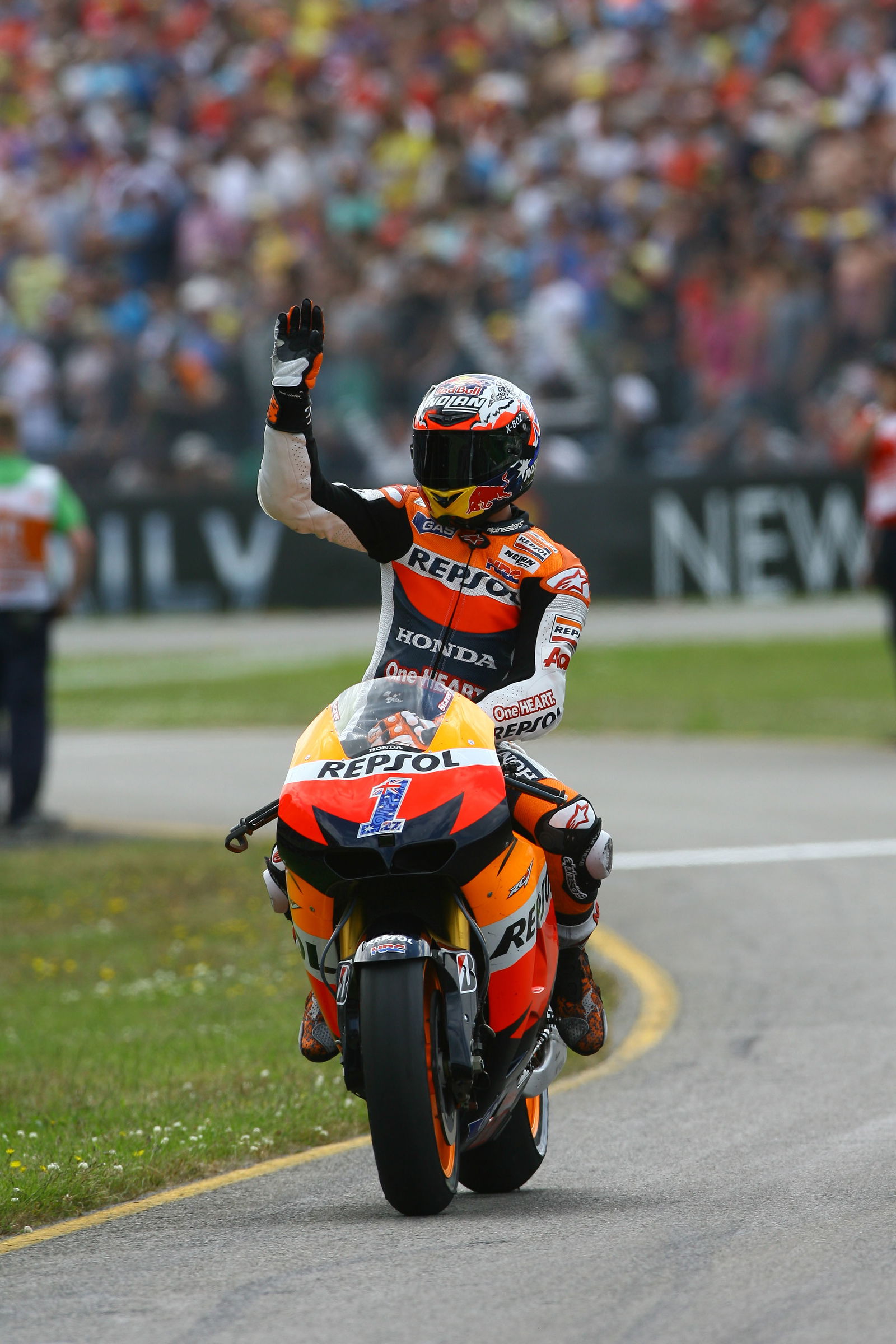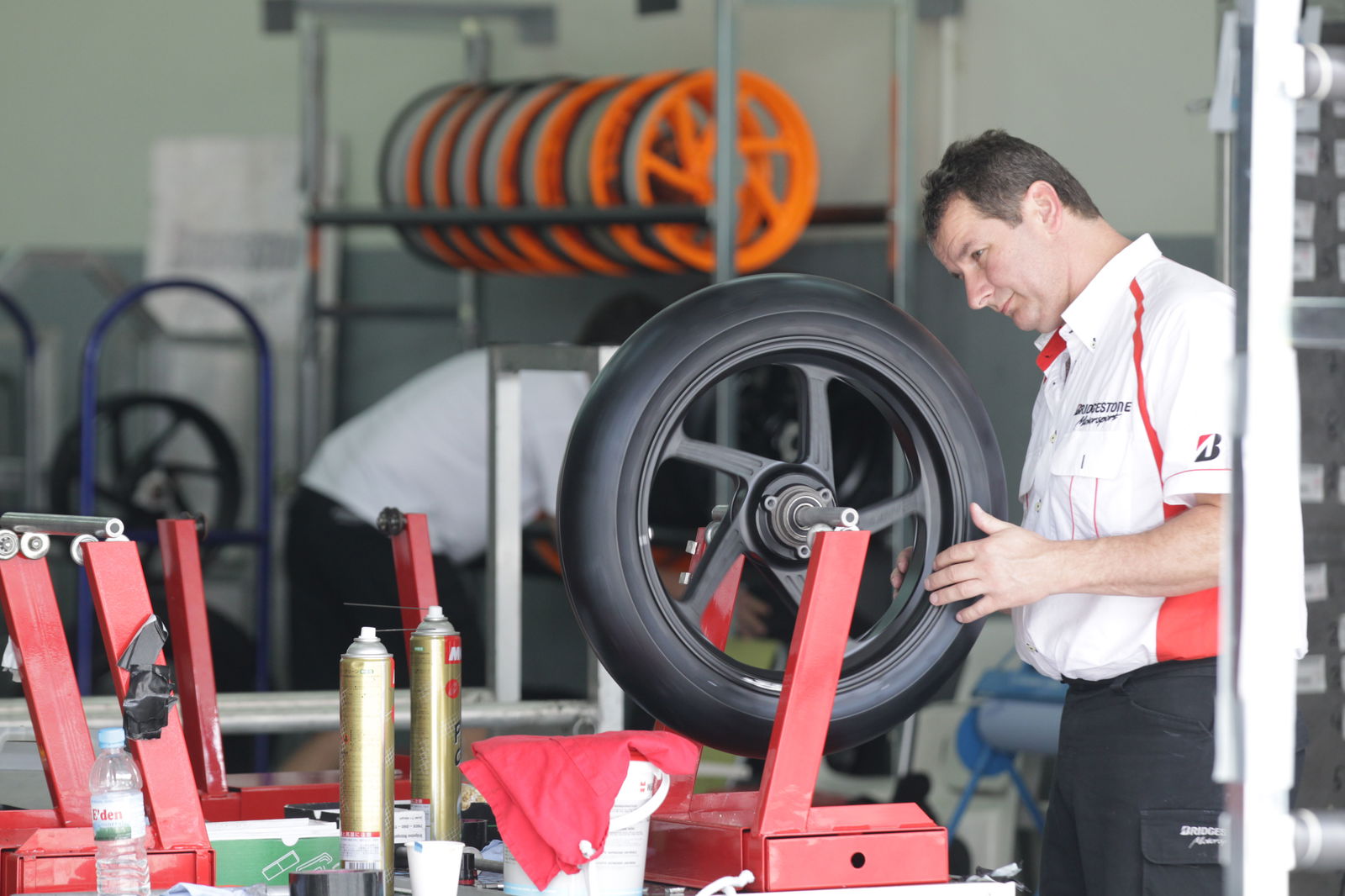Best chance for the CRTs?

This weekend's German Grand Prix should be an interesting event as far as the new CRT MotoGP class is concerned.
Even the best of the privateer CRT machines have been suffering around a 20km/h top speed disadvantage relative to the fastest manufacturer bikes - and the slowest CRT around 40km/h.
But the Sachsenring, the second shortest and slowest circuit on the calendar after Laguna Seca, should negate some of that speed disadvantage.
That doesn't mean the CRTs will suddenly compete on equal terms with the manufacturer bikes, but it will allow for a better comparison between the handling capabilities of the 'home-built' bikes and the full prototypes.
In other words, the emphasis will be more on chassis, electronics, power delivery and braking - especially during the first sector of the lap, which contains almost continuous corners.
The results of this weekend could also shape the future technical rules, since it should help point to where the CRTs are losing out most to the manufacturer bikes.
Lap times will naturally be closer due to the shorter than usual circuit length, but if the leading CRTs make a clear step forward relative to the Honda, Yamaha and Ducati prototypes it will point to engine performance as the main factor.
If however the distinction between the two types of bikes continues, then - as some suspect - placing draconian limits on the engines in the name of helping the CRTs would prove a red herring.
The average lap record speed at the Sachsenring is 161km/h, compared with 177km/h at Phillip Island. Last year's Sachsenring maximum top speed was 284km/h, compared with 336km/h at Mugello.


